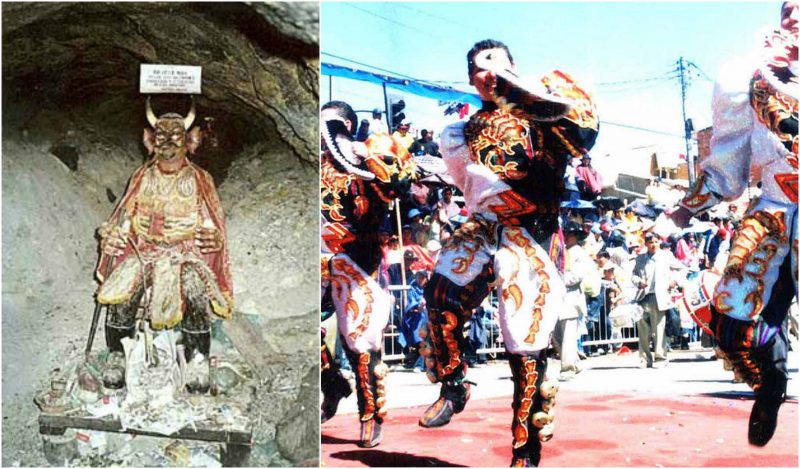Every year, on the Saturday before Ash Wednesday, in the southern city in Bolivia, one of the greatest festivals on Earth takes place.
It’s not the Rio carnival, but the carnival in Oruro, and is unique in any sense of the word.
It dates back more than 200 years and was originally an indigenous festival that was later transformed to include a Christian ritual around the Virgin of Candelaria (Virgin of Socavón), which takes place on March 2nd. In 2001, the carnival became one of UNESCO’s Masterpieces of the Oral and Intangible Heritage of Humanity.



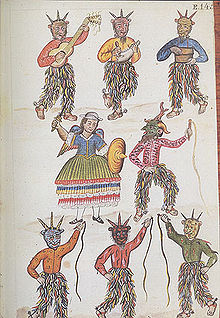
The centerpiece of the festival is the traditional Llama llama or Diablada (“The Dance of the Devil”). It is a dance characterized by the mask and devil suit worn by some of the performers while all the dancers, dressed in extravagant costumes perform demonic dances.
The dance is a combination of religious theatrical presentations which were adopted from the Spanish, various religious ceremonies from the Andes, such as the Llama llama dance that honors the gods Uru and Tiw, and the Aymaran miners’ ritual to Anchanchu (who according to the Aymara mythology is a terrible demon which haunts caves, rivers, and other isolated places).
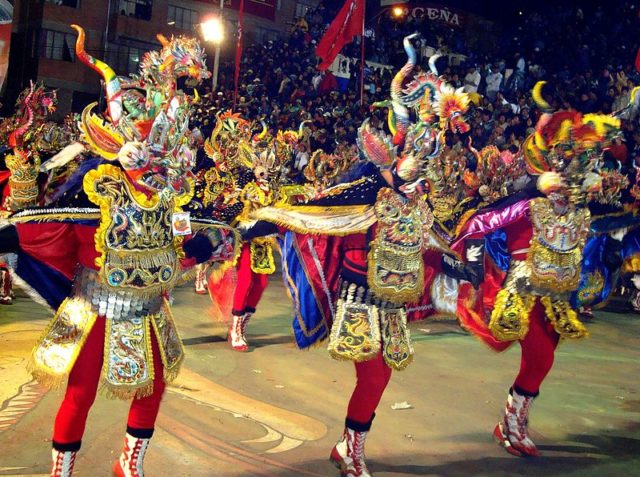

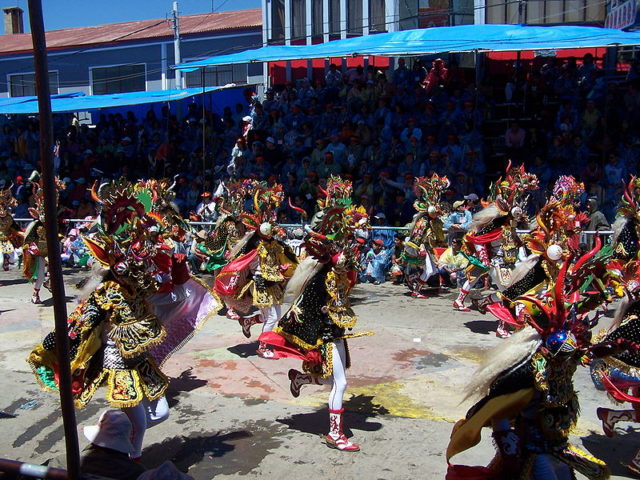


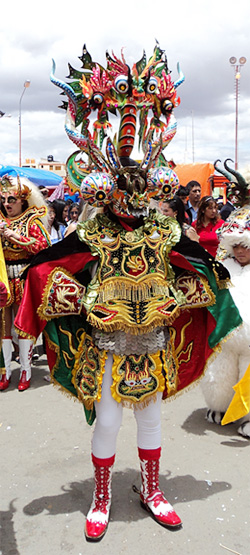
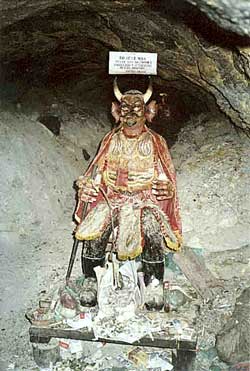
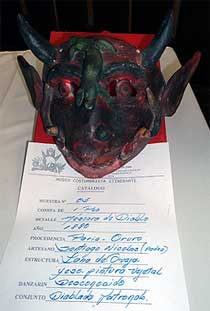


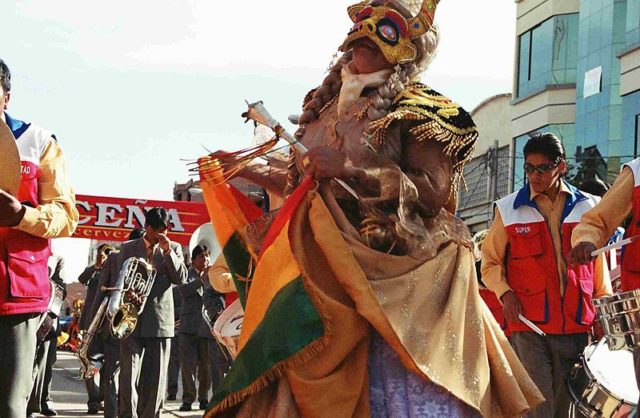


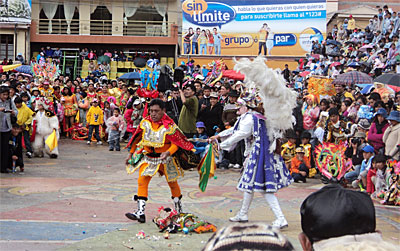

For 20 hours, there are 48 different groups of folk dancers that perform 18 different folk dances. The entrance procession is 2.5 miles (4 kilometers) long and features 20,000 dancers and 10,000 musicians. The parade is led by a brightly costumed San Miguel character. The most extravagant costume is worn by the chief devil, Lucifer. It is completed with an ornate mask and a velvet cape. All the dancers perform a pilgrimage the Shrine of the Tunnel.
As Oruro is a mining town, the miners keep the highest-quality mineral and offer it to El Tío. This is a demonic character who owns the whole underground of Earth, along with all the minerals and precious metals. Then a group of conquistadores and Inca characters follows, and among them are Diego de Almagro and Francisco Pizarro.

All the devils of the parade, along with an archangel, arrive at the city’s football stadium where they all perform a series of dances together which represent the battle between good and evil.
And even though most of the performers are devils, at the end good triumphs over evil. At dawn, on Sunday, all the dancers arrive at the Santuario de la Virgen del Socavón where a mass is held in honor of the Virgin.
